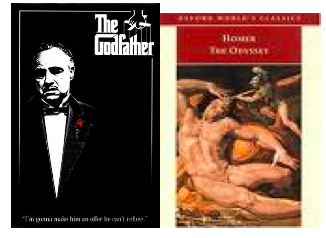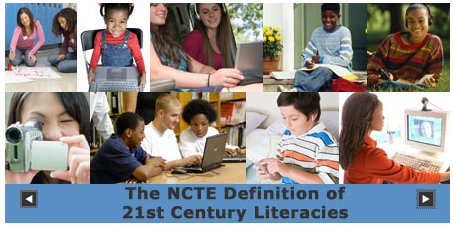
The Godfather (film), Homer (book)
Children spend more time watching t.v. than any other activity. Because we know this is true, we should be using media to enhance the child’s understanding in the classroom. Morrell states, “I remember the simplistic comparisons between watching t.v. or film and reading books with the former cast as wastes of time and resources and the latter tied to academic skills” (Morrell, 2004, p. 74). He goes on to say that films are often reserved for substitute teachers, lazy Fridays, or the week after standardized tests.
Have there been times in your elementary or high school experience that teachers have used films as filler for class time or as a treat? Do you remember thinking that the films were just a way for the teacher to waste time?
While this happens in many classes, Morrell in Chapter 5 “Teaching Film and Television” uses the films to relate books (the canonical text) to a major film. Morrell’ class first watched The Godfather and compared it with Homer’s The Odyssey, and then Wright’s Native Son was compared with the film A Time to Kill. By doing this exercise Morrell had 3 goals. He wanted to analyze whether utilizing popular culture to scaffold the issues and cultures that are relevant to urban youth in order to encourage the development of critical and analytical skills that can then be used to interpret texts. His second goal was to assess the potential for giving the students activities and techniques that would facilitate a transfer of the skills from pop cultural texts into the literary texts. Lastly, his third goal was to determine if this approach would help students to critique the messages sent to them through the literary texts and the societal institutions that permeate their lives such as pop culture.
While watching the movies, the students were asked to question the themes and discuss the plot, characters, and themes while also taking notes. The students then had a formal debate to discuss their thoughts and then a final exam. Have you ever taken a class that incorporated film with a lesson, or another form of media such as music or theatre? If so, what was the activity’s purpose and what media forms were used? Did you find this beneficial or useless?
– babs














